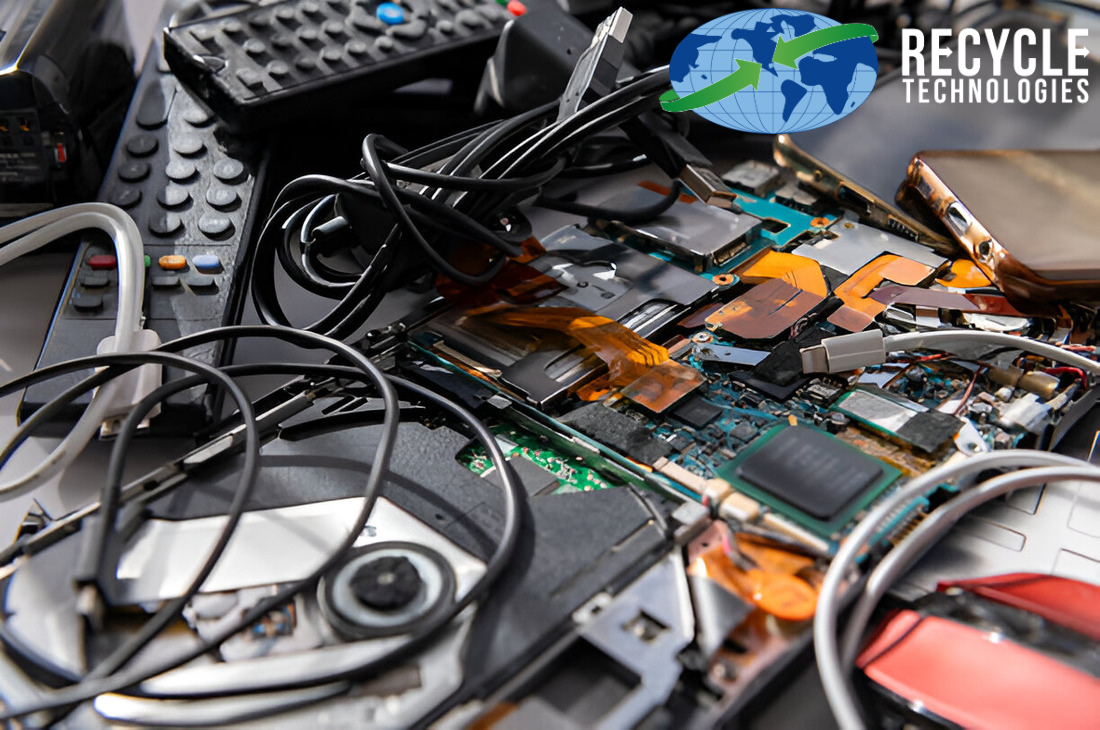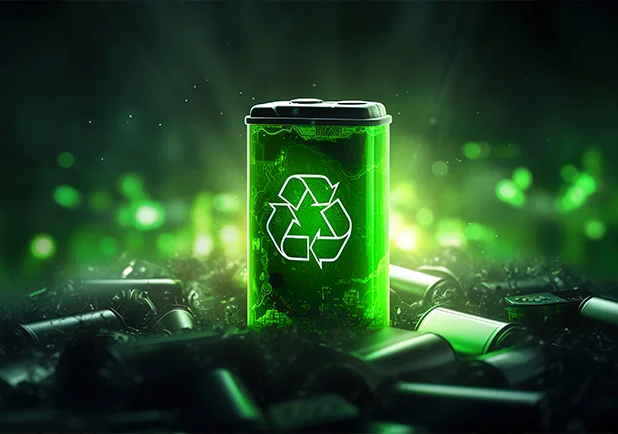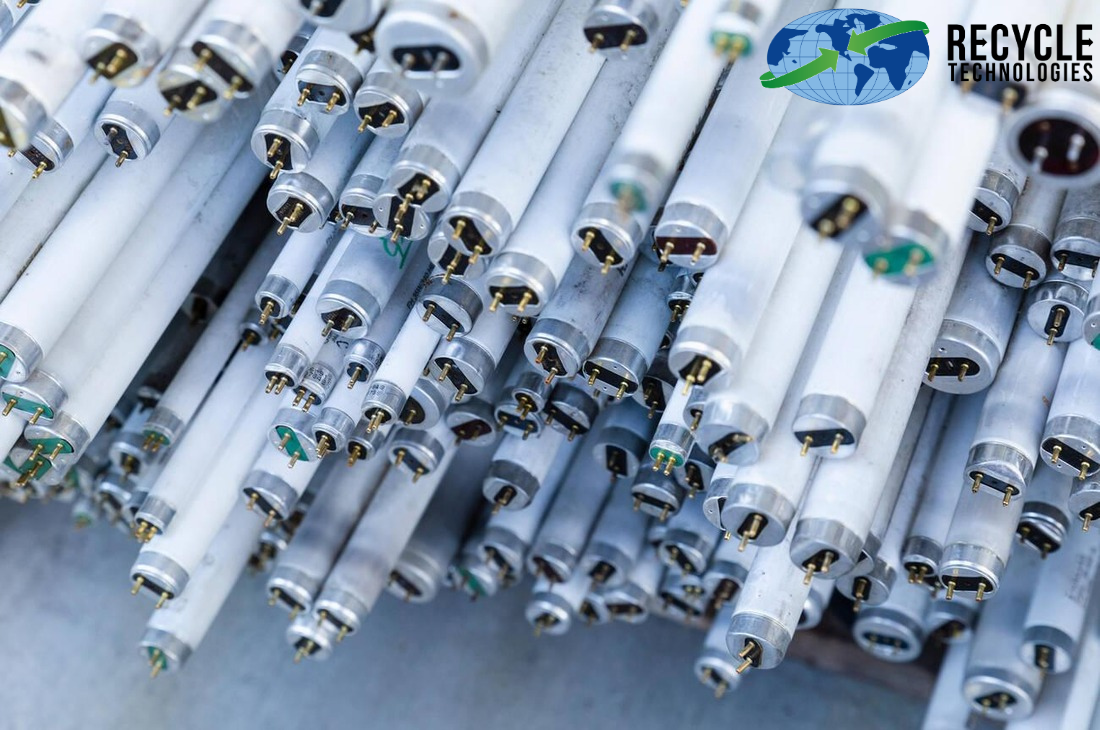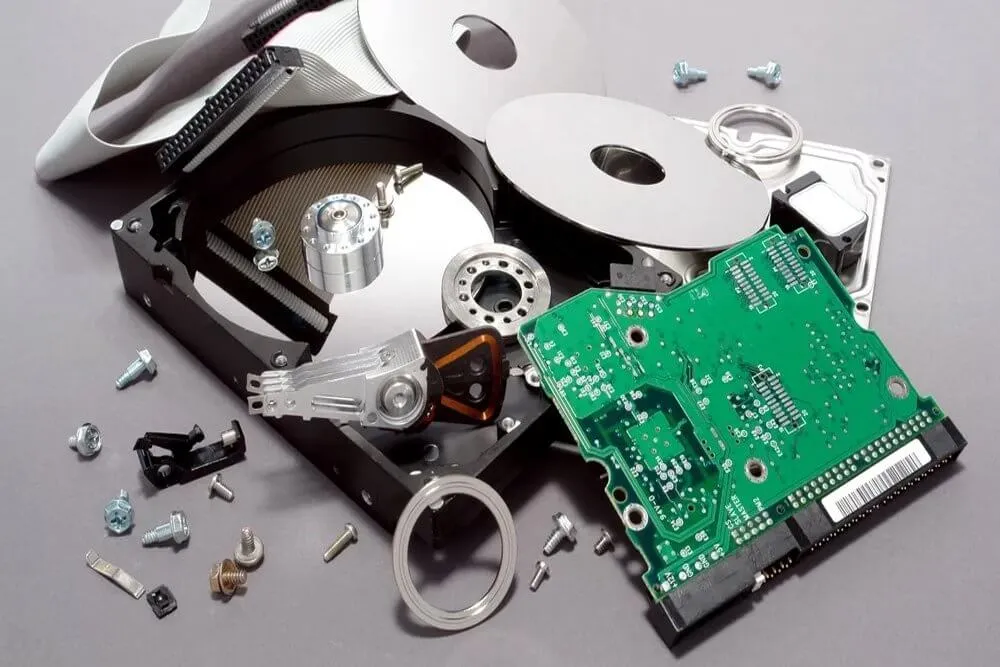Electronics are an essential part of our life. From children to old people, everybody owns some sort of electronic gadget. As per Gartner's prediction, more than 75 billion devices will become a part of the online world by the year 2025! The world has around 8 billion population. This means that online gadgets are approximately 9 billion times more than the human population (this does not contain the remaining offline electronics). At some point in their lifespan, electronic gadgets start to lose their life and eventually stop working.
The question now becomes this: what happens to such devices then? In most cases, people dispose of them in their garbage. Different municipalities collect the electronic junk and then throw it away in a nearby dump. This dump generates havoc for the nearby areas. The landfills become infertile, and their toxic material seeps into the nearby region rendering it useless. In this blog, we will discuss electronic waste and how to reduce it through recycling.
Before we dig deeper and discover the recycling processes, it is best to understand what electronic waste really is. Here is a quick definition:
Electronic waste, commonly known as E-waste, is the waste created by human beings worldwide when they get rid of their broken, old, or different electronic devices.
Implications of Mindless Disposing of E-Waste
Most people assume that there is nothing wrong with throwing away their E-waste in the garbage, but they are wrong. There are dire effects of E-waste once it becomes a part of the landfills and other waste. Here are some of the significant problems with improper dumping of E-waste:
Electronic devices have different chemicals in them. Once the outer body starts to rot away in the garbage, the chemicals seep into the surrounding area and eventually intoxicate the surrounding area. In worst-case scenarios, the vicinity's soil and water reserves become poisoned, rendering the land infertile ultimately.
Electronics have multiple kinds of metals in them. For example, most computers have wires of aluminum. Iron is also often found in different devices. Some of these metals react with oxygen in the surrounding and create harmful oxides. These oxides can spread in the nearby region polluting the area and harming living things, including human beings. They make a detrimental impact on the overall environment as well.
Much to your surprise, many electronic devices have many components made of plastics entirely. Plastics do not erode away. They rarely form a reaction with other gases and metals. This means that they are tough to get rid of. The regions that they occupy are mostly left infertile, toxic, and just unlivable for living organisms.
One of the biggest reasons why E-waste is becoming an increasing problem is that it occupies a lot of space on our Earth. An expanding area of dry land is used every year to throw all the electronic waste. This land becomes useless and, in most scenarios, infertile. The ecosystems of that area are completely destroyed. Moreover, the living space for animals, humans, and insects decreases causing even more problems!
The Concept of Recycling
With so many electronic waste issues, it is time to take immediate action and figure out a few remedies. One of the easiest ways to reduce e-waste is to practice the concept of recycling. Recycling is a popular process commonly used for things made up of glass, plastic, or paper. But recycling is very much applicable to things like e-waste. Here is how you can recycle all the electronics in your possession.
Process of Recycling Electronics
Recycling electronics can be a tad bit challenging. You cannot just put in a labeled garbage can of your local community and complete the task. Electronic gadgets are complicated pieces of machinery comprising of different kinds of materials (as discussed previously). There is no one size fits all sort of solution for these kinds of gadgets.
1. Resell or Reuse Electronic Device
Your electronic device can be slightly damaged or dysfunctional before you want to get rid of it. In such a scenario, please do not throw the device into the garbage. Instead, go to a nearby pawn's shop and ask them if they want to purchase your electronic.
Another way to recycle your electronic device is to give it to someone who needs it. Some people are less fortunate and cannot afford new gadgets. You can help them out by selling your electronic device at a price lower than the market.
One of the best options is to give your device to a school or orphanage. More often than not, these institutions are in dire need of electronic gadgets such as televisions, computers, and laptops. By handing them over your devices, you can help children out in their time of need.
5. Hire a Service
If you cannot sell or donate your device to any institution, you must dispose of the electronic device yourself. Many different organizations are working continuously to recycle various kinds of electronics. You can contact them and get rid of your devices quickly. Here is a general process that happens if you hire a recycling service for your electronics.
Transportation
Depending upon the organization, you may have to deliver them the electronic device by yourself. There are multiple booths present throughout the States where you can go and submit your electronic device. But these days, most recycling organizations collect the electronics from your doorsteps. From these sites, they collect and transport the e-waste to their head offices and recycling hubs.
Sorting
This is another common step that every organization follows. Once they have all the e-waste collected in one place, they start to sort each device into different categories. For example, electronics such as televisions require a different set of recycling procedures compared to mobile phones. Each machine is sent to its respective department.
Once the devices are separated and sorted, they are broken down to their original conditions. Here a magnet is used to collect all the metal from the glasses and plastics. Chemicals present in those devices are also extracted separately. Glass pieces are o separately. They mold into new forms of glass eventually.
Shredding
Those parts and pieces of electronics that are completely unusable are shredded through different machines. Moreover, harmful chemicals such as Mercury are also removed separately. They are kept in a controlled environment and are destroyed carefully not to negatively impact the environment.
Reusing the Pieces
Usable metals and plastics are sent to different organizations that can reuse them in other products. This way, the cost of the new products reduces because different companies do not have to purchase and make the metals or plastics from scratch.
Benefits of Electronic Recycling
There are numerous benefits attached to electronic recycling. For starters, through proper disposal of e-waste, you reduce the harmful impact of electronic waste on the environment. Another reason why everyone must recycle their electronics is that the recycled bits and pieces are used to manufacture other things. This reduces the overall cost of the product; hence the prices of the product decrease a well.
Conclusion
Recycling electronic waste is becoming mandatory for everyone around the world. We will completely destroy our planet if quick and practical measures are not taken to prevent electronic waste. Every citizen must become responsible and start recycling their electronics immediately!
Recycle Technologies safely handles electronics recycling in Minnesota and Wisconsin. If you're looking for the best recycling services, then Recycle Technologies can take care of it like none other.








